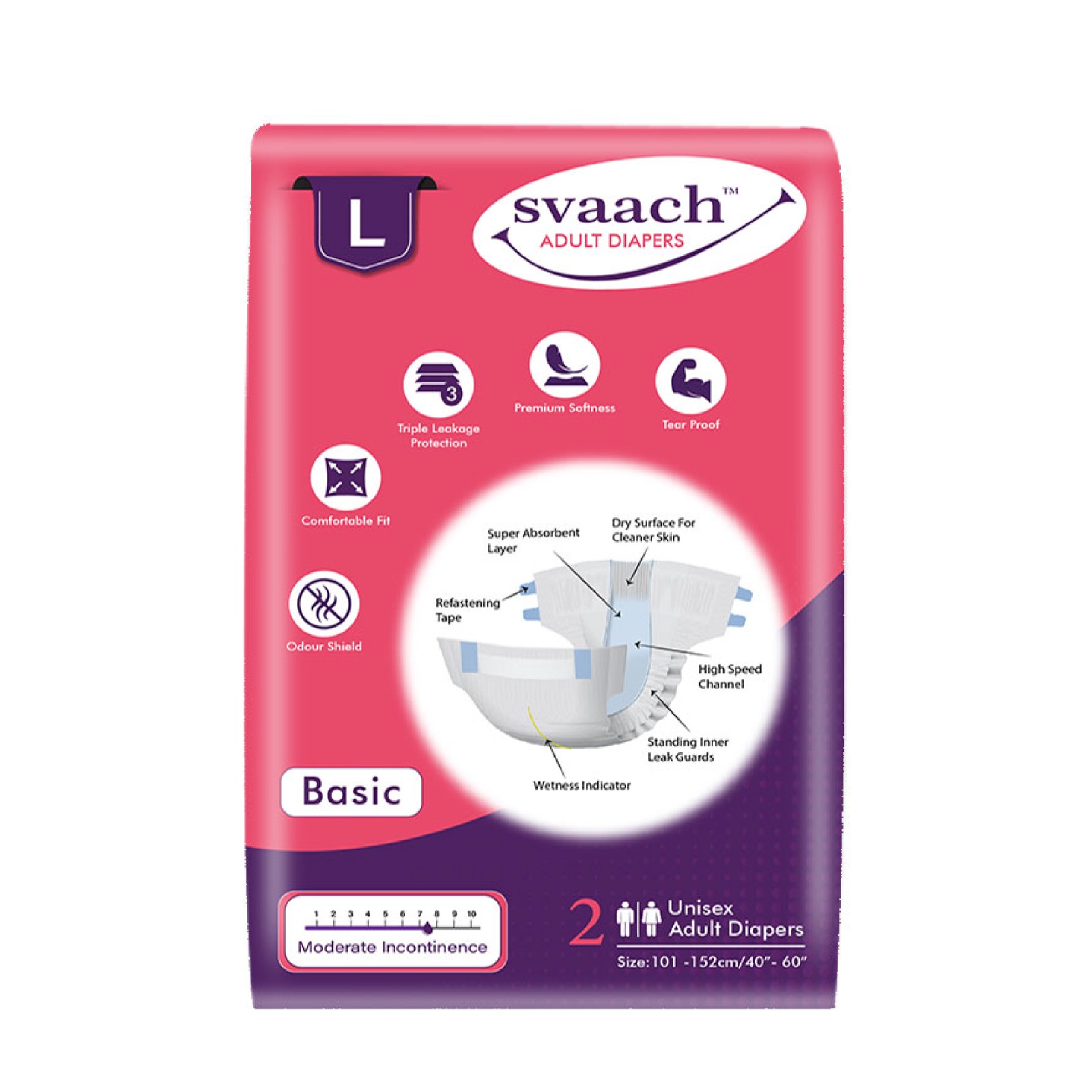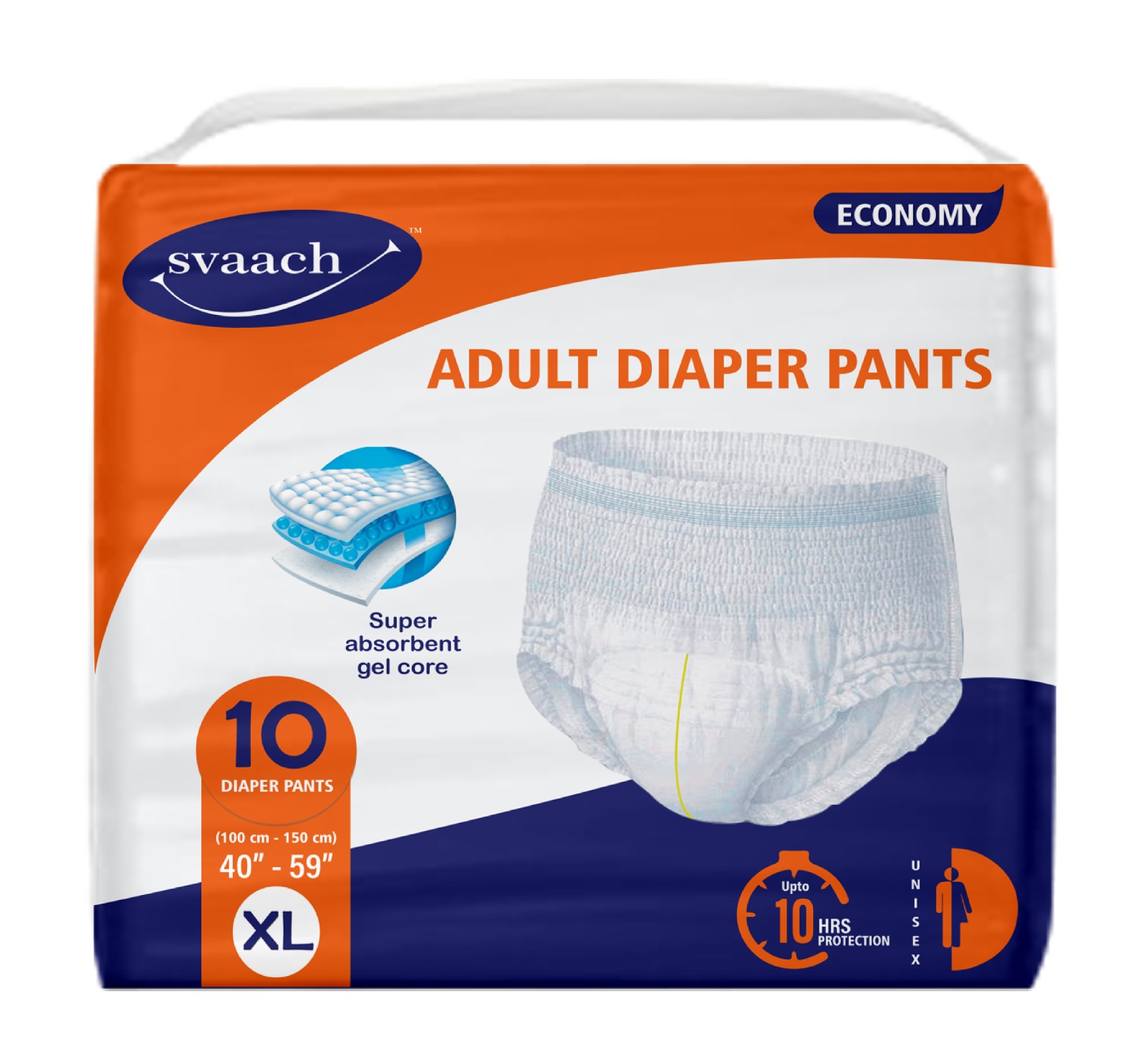Convincing your kid to brush their teeth isn’t always easy. They’ll often resist, oblivious to the lurking danger of poor oral hygiene. It’s normal for kids to be defiant, and so this shouldn’t worry you. Perhaps they find it monotonous and don’t exactly understand the need to do it.
Yet, it’s not a matter to take lightly. It’s said that more than 50% of kids between the ages of six and eight have had a cavity in at least one of their primary teeth. Thus, you must take oral health education seriously.
Fortunately, you can change things for good through innovative strategies. Changing your approach to children’s oral health can significantly influence their response. This post provides a range of revolutionary tactics to make tooth brushing enjoyable for your kids. Continue reading to learn more.
1. Reimagining oral hygiene practices
Below are some forward-thinking ideas for better oral health education.
Gamification of brushing
Making tooth brushing playful can captivate kids’ minds, making them do it effortlessly. You can do this through interactive apps filled with games, quizzes, and stories that teach them about brushing and flossing techniques and the effects of poor diets on dental health.
Augmented reality (AR) can also immerse children in virtual worlds where they can examine their mouth anatomy in an entertaining manner. AR apps cleverly combine the digital and real world, making dental education more engaging to kids.
Smart toothbrushes employ technology to track your kids’ brushing routines and provide immediate feedback. If they’re thorough with the cleaning, they get rewards like redeemable coins for in-game purchases, encouraging messages, or virtual badges.
Storytelling and songsters
Storytelling and songs are hugely influential in how kids understand and adopt concepts. Incorporate them into your dental education efforts.
Tell engaging tales of dental heroes and villains. Mix the stories with melodious rhymes and puppet shows to pass critical oral health messages. You can also have them dress like their favorite cartoon character and fight plaque monsters. Kids love entertainment, and lessons taught this way tend to stick in their memory.
DIY dental adventures
You may want to craft edible tooth models using cereal or marshmallows and use them to teach kids about the structure of the teeth, the effects of sugary foods, and proper brushing and flossing techniques. Alternatively, design colorful charts decorated with stickers and markers to make dental lessons more effective.
Consider role-playing with toy dental tools to immerse kids in the shoes of dental health experts. This gives them a deeper understanding of hygiene essentials.
Incorporating such hands-on activities cultivates a sense of ownership and responsibility beyond inculcating essential dental care skills. Reports indicate that almost 9 out of 10 hospital tooth extractions for kids aged five and below are preventable. Do your best to teach them and save them from this unwarranted pain.
2. Expanding the scope of oral health education
Explore below some avenues for offering dental health training beyond your home.

School smiles
Oral education shouldn’t be offered only at home. Integrate it into school curriculums. Interestingly, quite a number of kids trust their teacher more than their own parents. Thus, dental health lessons taught at school may have a more profound impact on the little ones.
School-based programs can be more professionally tailored to equip kids with age-appropriate dental care methods. Schools can also collaborate with dental professionals for regular coaching sessions on brushing teeth and preventing dental diseases.
Community collaborations
Team up with local institutions, such as libraries, community centers, and museums to educate the kids and the wider community on oral health. These institutions can organize fun activities, coaching sessions, and interactive workshops to instill dental care consciousness.
Providing oral health education in non-traditional settings may help drive the point home more effectively. Moreover, working as a community towards a common goal is more exciting. In 2021, approximately 14% of U.S. children and adolescents suffered oral health issues. It’s evidently a menace affecting the larger community, necessitating proper mitigation measures.
Mass media
Mass media platforms like YouTube channels, radio, TV, and social media influencers can be effectively used to shape kids’ attitudes toward dental health. Kids easily access these channels on a daily basis through mobile and media devices at home.
The trick is incorporating entertaining content that kids can relate to. An excellent strategy is using animated characters from pop culture to demonstrate the need to use proper brushing techniques. Real-life testimonials from fellow kids and their dentists can also encourage children to follow in their footsteps.
These three ideas take oral health education beyond the traditional home setting, signifying its importance.
3. Measuring and sustaining positive change
After implementing the suggested solutions, it helps a lot in monitoring their success. Below are some ways to do it:
Tracking progress
Use visual aids like charts to record your kids’ daily brushing and flossing habits, specifying how many times they did it and how long each session lasted. If they meet your expectations for one week in a row, reward them through kid-friendly treats and praise them verbally. This encourages them to continue taking good care of their teeth.
Open communication
Kids may have valid concerns and fears about typical dental health practices proposed to them. Don’t let them hide their worries. Establish a comfortable environment where they can chat honestly about dental health. Listening to their take on matters of oral health can help you reassure them of the importance of what they’re doing and perhaps adjust their care routine to be more in line with their schedule and likes.
Building lifelong habits
Oral health is a lifetime affair. There’s no point in life you’ll get to that allows you to drop the practices. So, emphasize the long-term perspective of dental health. Urge them to consistently brush their teeth every day and go for checkups regularly for expert input into their state of wellness. Moreover, start at an early age, allowing them to grow older with these concepts instilled in their minds.
These tactics collaboratively equip children with the tools and knowledge they need for a lifetime of dental wellness.
Conclusion
Oral health education doesn’t have to be a struggle. A little bit of creativity and innovativeness can help your children grasp critical concepts without feeling it is a burden. But beyond these, research new trends in dental health education and supporting healthcare policies that support better oral care for children.





























